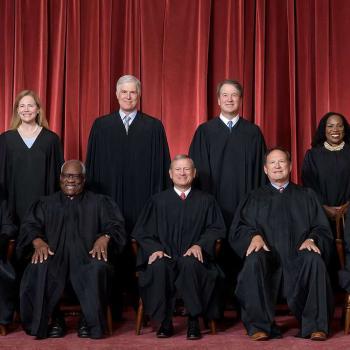I quote this column on rent control because in it George Will teaches us a new word, one that names a reality we might not have recognized before so as to help us think more clearly:
James and Jeanne Harmon reside in and supposedly own a five-story brownstone on Manhattan’s Upper West Side, a building that has been in their family since 1949. But they have, so to speak, houseguests who have overstayed their welcome by, in cumulative years, more than a century. They are the tenants — the same tenants — who have been living in the three of the Harmons’ six apartments that are rent controlled.
The Harmons want the Supreme Court to rule that their home has been effectively, and unconstitutionally, taken from them by notably foolish laws that advance no legitimate state interest. The court should.
This “taking” has been accomplished by rent-control laws that cover almost 1 million — approximately half — of the city’s rental apartments. Such laws have existed, with several intervals of sanity, since the “emergency” declared because returning soldiers faced housing shortages caused by a building slowdown during World War I.
Most tenants in rent-controlled units can renew their leases forever. Tenants can bequeath their rent-controlled apartments — they have, essentially, a property right to their landlord’s property — to their children, or to a friend who lives with them for two years . This is not satire; it is the virtue of caring, as understood by liberal government.
The tenants in the Harmons’ three rent-controlled units are paying an average 59 percent below market rates. The Harmons would like to reclaim one apartment for a grandchild, but because occupants of two of the units are over 62, the Harmons would have to find the displaced tenant a comparable apartment, at the same or lower rent, in the same neighborhood.
In addition to rent control’s random dispersal of benefits — remember, half of the Harmons’ apartments are uncontrolled — rent control is destructive because it discourages construction of new apartments and maintenance of existing ones.
Thus it creates the “emergency” it supposedly cures.
It exemplifies what the late New York senator Pat Moynihan called “iatrogenic government.” In medicine, an iatrogenic illness is induced inadvertently by a physician’s treatment.
via Rent control laws: foolish and unconstitutional – The Washington Post.
Can you think of other examples of iatrogenic government or iatrogenic relationships or iatrogenic something-else, in which trying to solve the problem creates the problem?











